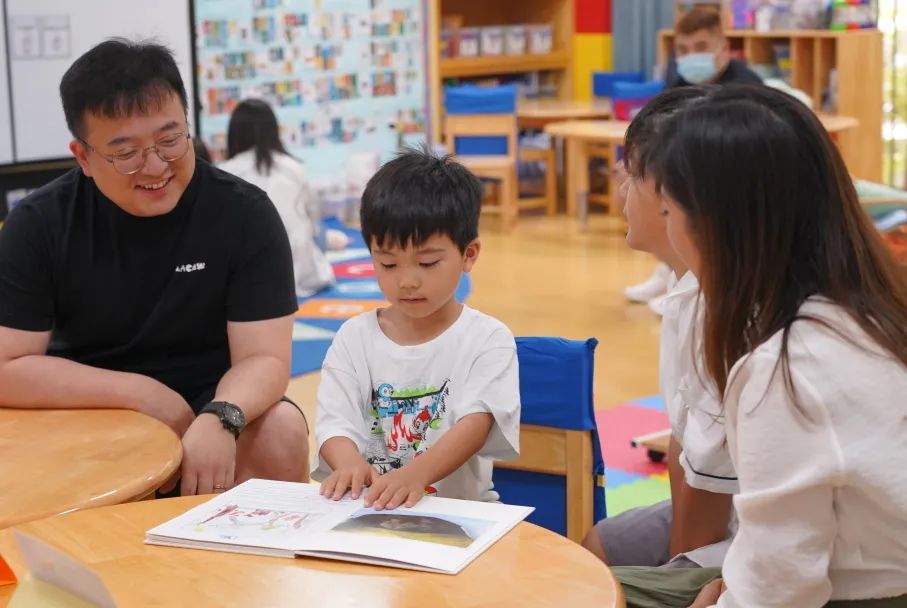Possibilities of Not Yet in K4
A growth mindset means optimism, flexibility, resilience and persistence. It can change the world into a positive perspective. By allowing children to explore, experiment, and take risks in their play, they can develop problem-solving skills, resilience, and self-efficacy. We should normalize the word “failure”. Failure can be a positive experience and is part of children's learning. As we reflect on our play, we see new perspectives, and it becomes a moment in which we can grow with new perspectives and encouragement. A growth mindset is a belief that we can learn from ourselves and others. It is the engine that gets you going, trying, and growing.
How can we help children to build growth mindsets? Are compliments always positive? When we praise children, we should be specific and always focus on their effort and process. We can also invite them to reflect on their work.
Before we request our children to have a growth mindset, let’s ask ourselves if we have it. If you say I don’t have it. No, you are not there yet.




